Contents

Special Feature
Sunrise at Day’s Crossing
It’s an early summer morning in the hinterlands of Northern Maine. The sun is just clearing the stand of old growth pines across the line from the Day’s Crossing lilliputian station. An early riser, the little 2-foot gauge railway has been up for a couple of hours and the hamlet in the woods is now buzzing with activity. Last year, like many of you, I found extra modeling time at hand. There’s an upside to every challenge. Over the past six or seven years most of my modeling time and effort has been spent building a O gauge Down East short line. The pike is loosely based on the Belfast & Moosehead Lake Railroad. With the extra time, and a desire to take a break from the big layout, I thought I would do something I’ve been itching to do for years. It was time to build a scene in ½-inch 2-foot gauge (1/2n2).
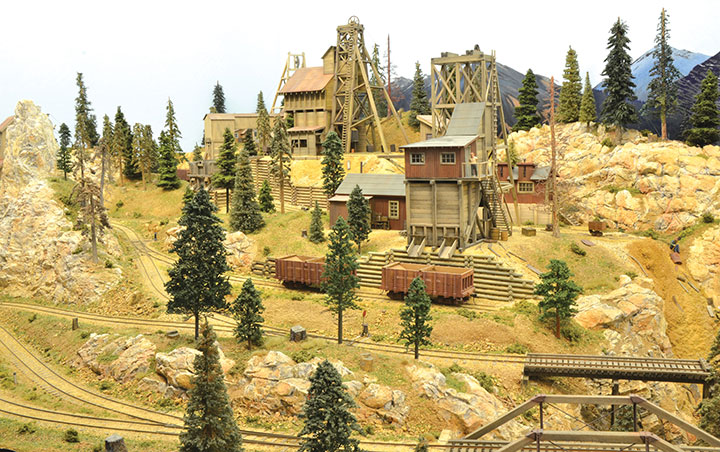
Feature
The Mule Shoe Mining Company
The Mule Shoe is a small, short line freelanced railroad that could have once run in Colorado or California Gold Country in the early 1900s. It was owned by a tight-fisted old gold seeker who had struck it rich in the gold fields. This is my second model railroad as I had one in California. When I moved to Arizona, I started again in a smaller space. The 10x22-foot room, gave me enough space for the layout on one side of the room, and a roll top desk, couch and book case on the other side. The layout is 40-inches wide at the window end and widens out to 6-feet 10-inches at the door end. Since I wanted a clear area under the layout, my friend Ralph Scally and I devised a cantilevered platform for the layout fastened to the studs in the wall. We used ½-inch plywood for triangles with a ¾-inch plywood 4-inches wide for a flange to screw into the studs. We used 1x4-inch frames the width of the layout for the track support. One triangle every 36-inches worked well. This method kept the area under the layout clear for storage and drawers...
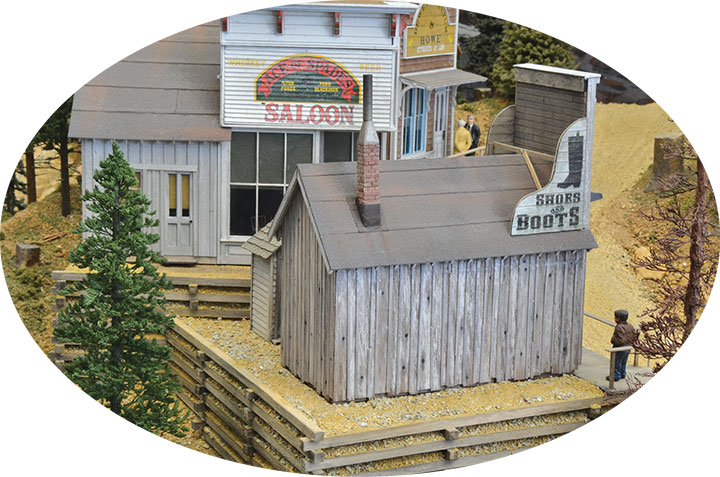
Feature
Dirting-in Structures
During construction of my layout, I wanted to be able to remove the buildings to get them out of the way and prevent damage to them. I normally use blue foam board for structure bases. I do all the hard shell first, then cut out areas for the structures and glue in blue foam. This gives me a nice, flat, level area ready for the structure.
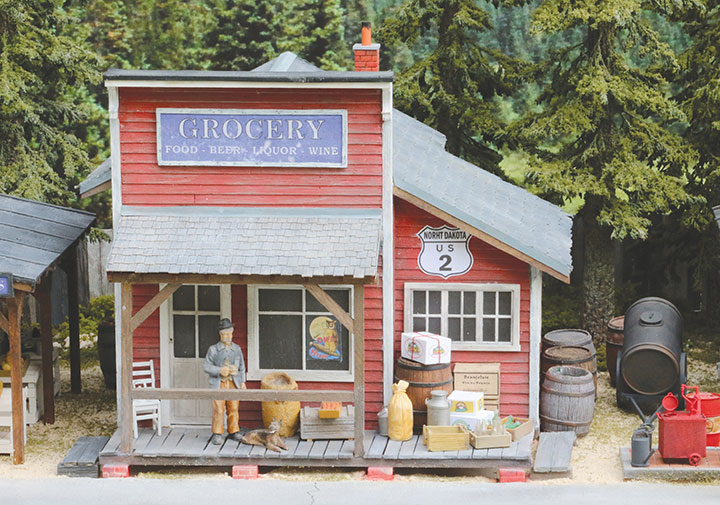
Feature
On The Way To The West Coast
I am a French model railroader and for more than seventeen years worked on a European On30 layout. After completing it, I decided to build some dioramas for my pleasure and for exhibitions. Since I like western United States wood buildings from the early 1900s, and had built and described my Old Bear Meadows diorama in the March/April 2017 GAZETTE I decided to share some techniques I used to build the grocery and general store shown here. In my imagination, these buildings are located along Road 02 in the mountains of North Dakota.
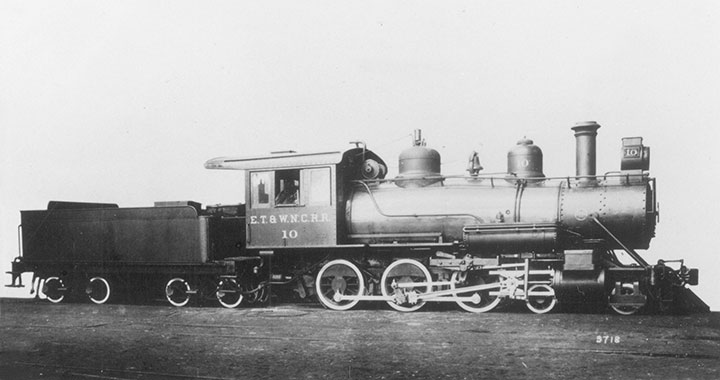
Feature
The East Tennessee & Western North Carolina Railroad and Its Locomotives: Part 9
As I mentioned in the last issue, the management of the East Tennessee & Western North Carolina Railroad turned to Baldwin Locomotive Works in 1911 to design a locomotive for their specific needs. ET&WNC #9 was so successful that they went back to Baldwin in 1915 with a desire for an even larger engine. Baldwin responded with a scaled-up version of #9, that was a little longer, wider, and taller than the previous design. This design became drawing 61 of Baldwin Class 10-26D.
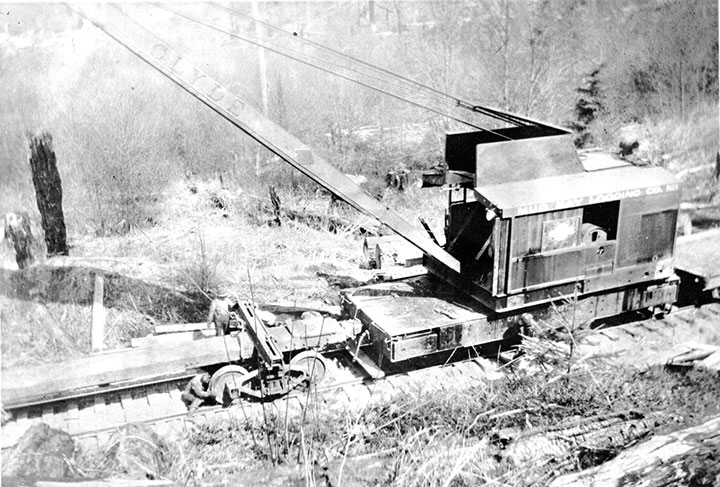
Feature
Clyde Iron Works Loggers Special Gasoline Locomotive Crane
In 1828, the Clyde Iron Works of Duluth, Minnesota, introduced what they claimed was the first gasoline powered loggers locomotive crane on the market.Clyde, already known for pioneering the gasoline yarder as well as its equipment line of track laying machines, McGiffert log loaders, skidders and donkey engines, introduced this machine at a time in the Northwest logging industry where conditions necessitated lower logging costs. As compared to steam, the new gasoline powered machine had the advantage of eliminating fire hazard, had no problems associated with taking on water and had a considerably reduced crew and fuel expenses. First introduced at the Pacific Logging Congress at Portland, Oregon, in October of 1928, it won instant appeal with several Washington State logging concerns, namely: the Crown Willamette Paper Company of Neah Bay, the Mason County Logging Company of Bordeaux, the Mud Bay Logging Company of Olympia, the Ozette Timber Company of Lake Ozette, the Puget Sound Pulp and Timber Company of Everett and the Simpson Logging Company of Shelton.
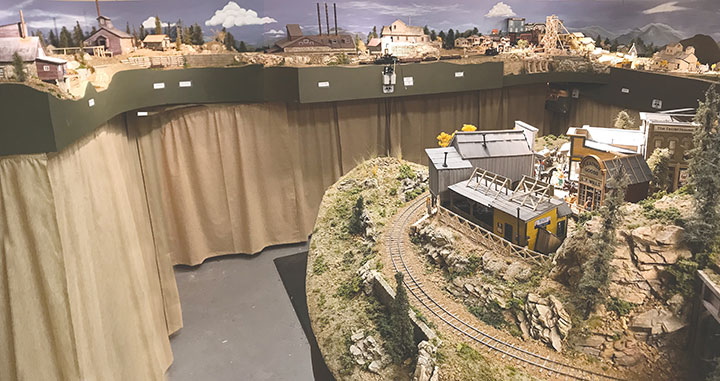
Feature
The Gilpin Tram in On30
Most home layouts are built by individuals. We have taken a different route. We are a group of senior men and women, ages 70-90+, living in the senior community of Wind Crest about 20 miles south of Denver, Colorado. Our experience ranges from total novices, to one NMRA Master Model Railroader. Each member has different talents and interests which gives us a great range of options. A couple of examples are the backdrops and weathering which were done by one of our members interested in art. Many of the wood structures were done by a woodworking member. All the wiring, including the Digitrax setup, was done by an electrical engineer.
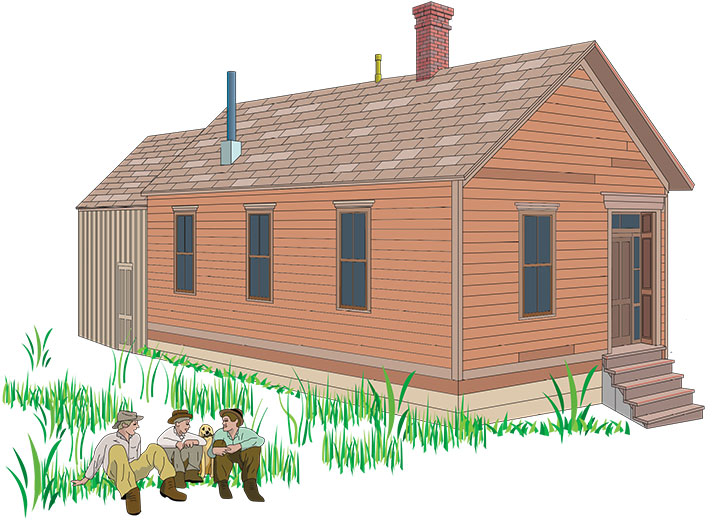
Feature
The Tom Miller House
Tom Miller worked for the Mono Lake Railway & Lumber Company (formaly the Bodie & Benton Railroad) at Mono Mills. Tom also owned the ice house in Bodie.
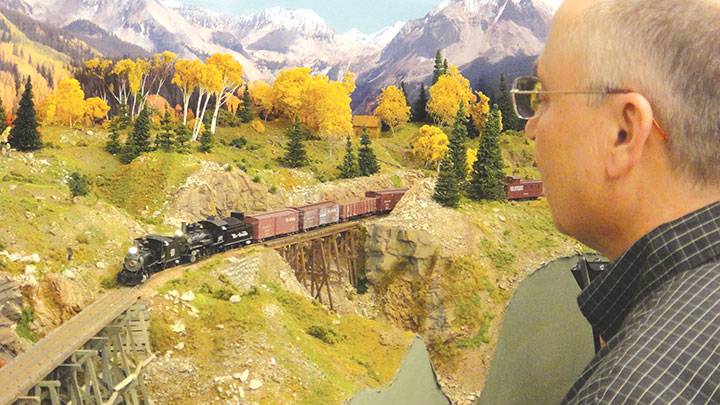
Feature
Layout Refinements
If you were to compile a short list of iconic man-made surface features of mountain mining regions, you’d likely very quickly think of pack trails, water flumes, timber cribbing, and rock retaining walls. Here is how I add rock retaining walls to my layout. The title photo shows a freight train working hard on the three percent grade of the High Line up to Lizard Head on my HOn3 Rio Grande Southern layout. The train obscures much of the rock cut it is in, but does show the excavated slope is loose material. This isn’t terrible modeling; the prototype RGS had features much like this. Photos of Burns Canyon amaze me that such tall and steep slopes could be comprised of loose material.
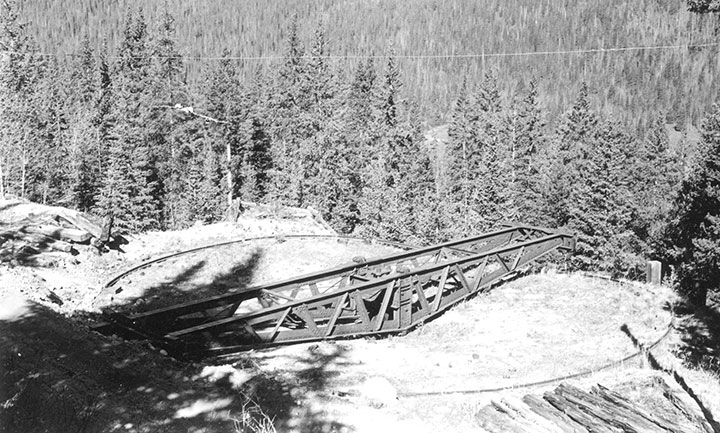
Feature
The Romley Turntable on my On3 Colorado Central & Southern: Part1
The unusual lattice construction of the Romley, Colorado, turntable has fascinated me since the first time I saw a photo on page 303 in The Mineral Belt Vol. 2, by David Digerness. So, I decided I wanted to build a model of this unique structure and made a drawing using the photo as a guide. The only dimension I had was that the turntable was 50-feet long, everything else was guesswork. I constructed a pit by cutting a 50-foot circle in ¾-inch-thick plywood and installed it on my layout. I found some 5/16-inch diameter oil filled bronze bearings and located one in the center of the pit. I roughed in plaster around the pit and then lost interest in the whole project. I’m not sure why this happened, but I don’t do well with angles, and I guess the thought of all those angles in the lattice made me lose interest. The pit is 69-inches above the floor, and I need to stand on a ladder to work on it, so out of sight, out of mind.
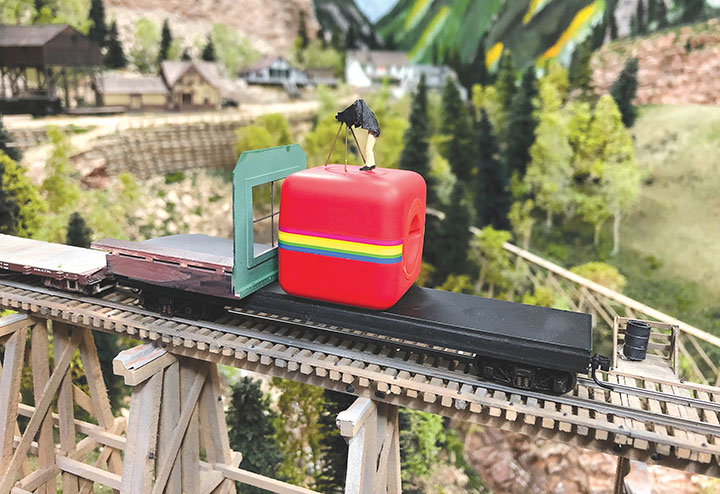
Feature
A Flatcar Cam: My 50th Anniversary
This issue marks my 50th article in a row. (Many thanks Craig! Bob.) It’s been a long journey since I sent GAZETTE editor, Bob Brown, a handful of articles nearly 9 years ago. Back then, I couldn’t have imagined that it would result in becoming a GAZETTE columnist, but here we are. Through the years it’s fun, challenging, rewarding and at times stressful keeping up to the relentless bi-monthly deadlines. I’ve enjoyed strengthening friendships with fellow GAZETTE authors, Bob Brown, and other friends who have helped provide information and inspiration for my articles. For those of you that have read my articles over the years, I thank you. And to those of you that have been inspired by my articles and have even written to Bob, I’ve been truly touched. At this time, I’m not sure if I can make it through another 50 articles, but I still have plenty of ideas for projects that I’d like to do. For this issue it would seem fitting to either take a retrospective tour of my past articles or take a photo tour of my layout, but since writing about projects is more my style, I’m going to combine the two subjects. This time I’m going to write about taking a video of my layout using what I call the Flatcar Cam.
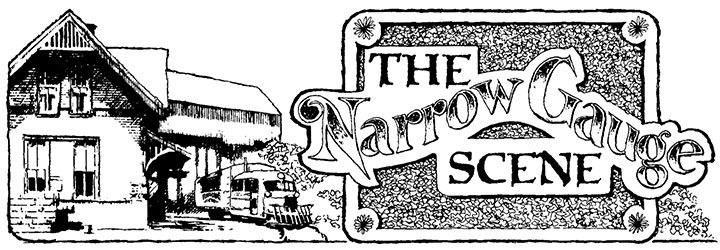
Feature
Terminal Thoughts Creating A Narrow Gauge Terminal Station: Part 1
Given our collective age, I use the word “terminal” with some care. I refer to the railroad definition for the end point on a rail line, not a stage in life. By definition, all rail lines have terminal points, even narrow gauge lines. And surprisingly, some of these points were not minor towns in the middle of nowhere. For example, both the Colorado & Southern and Rio Grande narrow gauge lines once began/ended in Denver, hardly a remote municipality. Indeed, the C&S narrow gauge lines operated from Denver until the late 1930s. The D&RGW’s narrow gauge lines from Denver were standard-gauged decades earlier, but originally used Denver as the starting point. There was once narrow gauge in Boston and in the San Francisco Bay Area. And even Los Angeles had a narrow gauge transit line. Therefore, the quaint notion of narrow gauge as a rural or frontier phenomenon is somewhat misleading. While true in large part, the busy cityscape was not unknown to the narrow gauge world. So, if you, like me, enjoy urban modeling, the concept of a narrow gauge line in a city setting is not anachronistic.
